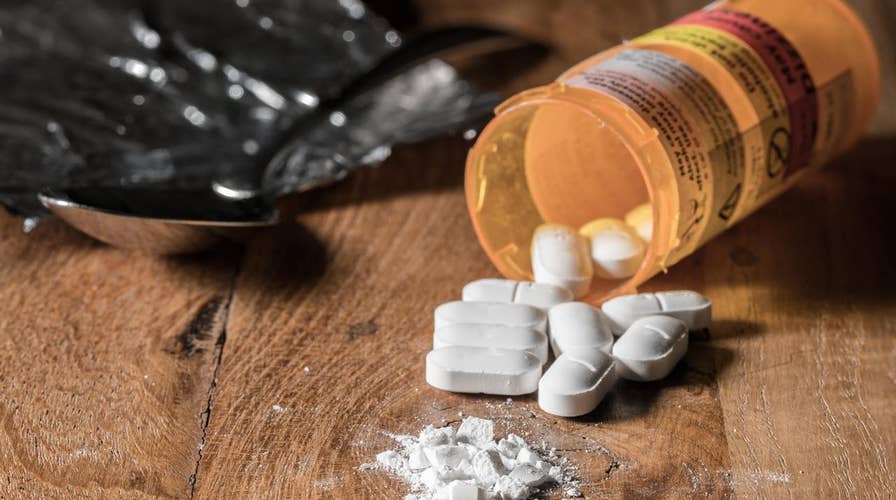Opioid antidote: How does naloxone reverse overdoses?
78 people die each day from opioid overdoses. There’s a quick-acting antidote to save them called naloxone or Narcan. Find out how it works
On July 20, Bed-Stuy resident Louis Rivera was just beginning his morning at a local bodega, grabbing a coffee before taking his wife to the train station. As his wife waited, he noticed the man next to him at the beverage station “nodding-off,” and heard a gurgling sound.
“Then he just drops on the floor,” says Rivera, 23. “Immediately I knew he was having an overdose.”
Luckily, he knew exactly what to do. He quickly reached into his bag for Narcan nasal spray — a trademarked brand of the overdose-reversing drug naloxone — and administered the drug through the man’s sinuses. He regained consciousness, and Rivera notified a nearby police officer to radio an ambulance and wait with the man, while he rushed off to get his wife to the train on time.
Rivera never heard what happened to the man after he saved him, but he’s glad he was there to act quickly when it was needed.
“Time is of the essence,” says the stay-at-home dad and drug abuse activist, who had recently received training on how to spot an opioid overdose through a local organization called Voices of Community Activists & Leaders (VOCAL-NY). “It’s a good feeling to know that I could save a life.”
Narcan was in the news last week after it was used on Demi Lovato. The pop star, who has openly struggled with substance abuse, had an apparent overdose in her Hollywood Hills home, but luckily one of her friends had the lifesaving drug on hand. As the heroin epidemic claims the lives of more and more Americans — a recent Centers for Disease Control and Prevention report found that opioids were involved in more than 42,000 deaths in 2016, a 21.5 percent increase from 2015 — federal and local governments are calling on citizens to do the same.
“Each day, we lose 115 Americans to an opioid overdose,” said Dr. Jerome M. Adams, the United States Surgeon General, in April when he issued a national advisory calling on people to carry naloxone. “It is time to make sure more people have access to this lifesaving medication, because 77 percent of opioid overdose deaths occur outside of a medical setting and more than half occur at home.”
Naloxone products work by displacing the opioid molecules that bind to the brain’s opioid receptors, reversing the life-threatening effects of an overdose. There’s no limit to how much one can take it, Dr. Hillary Kunins, Assistant Commissioner for the Bureau of Alcohol and Drug Use for the Department of Health and Mental Hygiene, tells The Post.
However, although it’s safe to use even if the patient is not on opioids, it may cause symptoms of withdrawal in those who have developed an addiction, says Kunins. Naloxone has been available in injectable kits since the ’70s, but in 2015, Narcan’s all-in-one nasal spray was approved by the FDA, making it much easier for the average citizen to administer the treatment with only minimal training.

